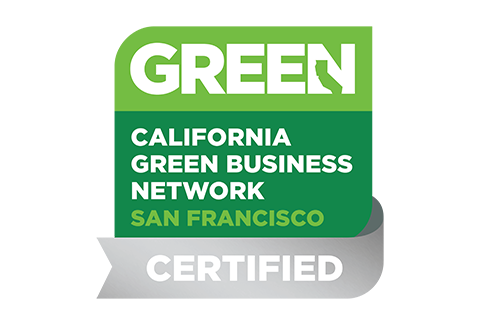Changing Climate, Changing Laws: Addressing CEQA’s New Wildfire Risk Requirements in Project Development
Wildfires pose an increasingly serious threat to the public and environment in California. So it should be no surprise that the Governor’s Office of Planning and Research (OPR) amended Appendix G of California Environmental Quality Act’s (CEQA) regulations (or “Guidelines”) to help public agencies identify and evaluate such risks. http://opr.ca.gov/ceqa/updates/guidelines/. These amendments along with a host of other updates to the Guidelines became effective December 28, 2018.
What does this mean for project developers engaged in large-scale projects such as renewable energy, transportation, housing and infrastructure projects in California? Assuming the project is not exempt from CEQA, before the lead agency can issue a permit for the project, it must evaluate the project’s impacts on the environment. These impacts may include “any potentially significant direct, indirect, or cumulative environmental impacts of locating development in areas susceptible to hazardous conditions (e.g., floodplains, coastlines, wildfire risk areas) . . . .” See CEQA Guidelines, § 15126.2(a) (explaining the types of significant impacts that should be discussed in an Environmental Impact Report).
The new amendments now guide agencies in how to evaluate wildfire risks as they begin preparing environmental review documents. This is a significant change from how agencies dealt with this issue before. Prior to these amendments, there were no specific wildfire-related questions that prompted agencies to think about how new projects will create or exacerbate wildfire risks. Now the Environmental Checklist Form, found in Appendix G of the CEQA Guidelines, includes new questions asking whether the relevant project is “located in or near state responsibility areas or lands classified as very high fire hazard severity zones.” (State responsibility areas are areas where the state has a financial responsibility to prevent and suppress fires.)
A map of these areas can be found at: https://osfm.fire.ca.gov/divisions/wildfire-planning-engineering/wildland-hazards-building-codes/fire-hazard-severity-zones-maps. Although the map is helpful in assessing whether a project is located within these areas, it is not always clear when a project is located “near” one. For those decisions, OPR stated in its Final Statement of Reasons that public agencies “will be best placed to determine precisely where such analysis is needed outside of the specified zone.”
https://resources.ca.gov/CNRALegacyFiles/ceqa/docs/2018_CEQA_Final_Statement_of Reasons_111218.pdf. In other words, when it is not obvious, the agency will use its judgment to decide if the project is “near” these areas.
What if the project is located in or “near” these areas? In that situation, the agency may rely on the checklist’s wildfire-related questions to assess whether, among other things, the project will impair an emergency evacuation plan, exacerbate wildfire risks, require the installation of power lines that may exacerbate fire risk or expose people or structures to significant risks from post-fire landslides.
In other words, if a project developer is building a renewable energy project in or near a high wildfire-risk area, these new questions will prompt the agency to ask whether the project will exacerbate wildfire conditions. For example, will the project have transmission lines that can spark in high winds? If yes, then the project could make existing conditions worse and the agency will need to thoroughly analyze this issue. What about the project’s location? Can it be built in a way to avoid a steep slope or prevailing wind patterns, which can exacerbate wildfire impacts? If it will make conditions worse, are there mitigation measures that can be adopted to maintain or improve roads, fuel breaks, and emergency water sources? These could reduce how much the project contributes to wildfire risk. Finally, if the goal is to avoid a high risk area altogether, the developer should check with the relevant public agency to make sure the agency will not consider the project to be sufficiently “near” one.
The new wildfire amendments will impact California’s future renewable energy, transportation, housing and infrastructure projects. A project developer should check the high fire hazard map first, and then reach out to counsel or consultants to navigate these new CEQA amendments in these ever changing environmental and legal landscapes.


